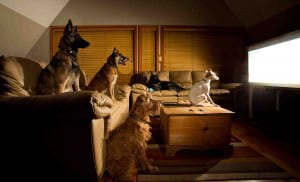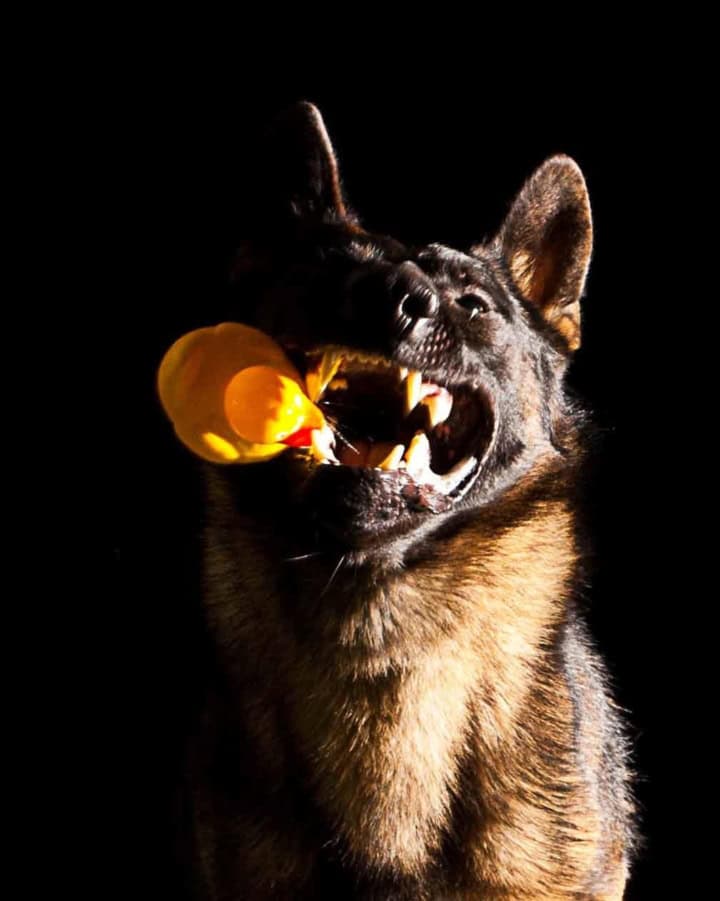A Certificate Does Not A Dog Trainer Make
“If the only tool you have is a hammer you tend to see every problem as a nail” Abraham Maslow
A short course, certificate and title “Professional” does not make us a dog trainer. In fact it might do the opposite.
Learning Dog Training as a Profession in a restricted time often teaches that every problem is created by dominance; a dog who is lacking respect or the other spectrum – fear and anxiety. Every solution to every problem has to be the same – because there is no time to teach more complex methods. Inevitably it will be a correction, or a click and a cookie. If the first does not work, repeat, but with more. These trainers do leave the lesson being hammers, and seeing every problem as a nail. In the limited time available these students could only learn one tool for their toolbox, and are far from being dog trainers.
At this point in time, I have many, many students in my weekly classes who have met all of my criteria of being a Dog Trainer. A Dog Trainer, as I define it, has three key ingredients. !) Feel, 2) Timing. And 3) Experience. Most of my long-standing students have mastered feel and timing, and are only lacking hands on additional dogs- or Experience.
Feel is knowing how much pressure to apply, or remove. It is about making your reward a reward, how to get the dog to do what you want, and how to stop them from doing something you don’t want. You need to know how your body, your mind, and your hands are affecting the dog that you work with. In that split moment you need to understand if you should apply more, or less pressure; whether you need to free their minds, let them move their bodies or keep their bodies still in order to remove pressure – and that split moment is called timing. You must have the’ feel’ of understanding what the dog needs, and the timing to be able to deliver it in the split moment.
Unfortunately, the only way to develop better feel and timing is through experience. Most of us are happy just training the dogs we own, and through the course of each new dog –we get our experience. Some dogs require minimal feel and timing and make us look brilliant. Others require the utmost of feel and timing, to make us look almost adequate – however, these dogs we define as ‘experience’.
Teaching a dog to sit and stay is normally incredibly easy. However, certain breeds, or dogs from certain walks of life make this task extremely challenging and they do need feel and timing in order to succeed, and the trainers the experience to know what tool and trick to get them to cooperate with the utmost of willingness.
As a dog-trainer we learn to have a variety of tools in our toolbox, however, the difficulty comes when you are required to pull out a certain tool for a certain type of dog. That same solution for a different dog might be disastrous; however, for the current dog is the perfect solution. To teach resistant dogs to down often letting them chase a cookie in your hand back and forth before the lure “Down” removes all of the pressure for them. Then we get dogs like Reggie where that movement would put him over the top and make him too pushy. He would need to be stationary for his down lure so that he could think and understand what I want of him.
Dog Trainers are required to think, and to be able to evaluate the feel of the current dog they are working with and understand how this tool will affect them. Experience also fills our tool box with many, many tools for different situations and dogs, as the need arises. Ultimately, respect for the dog is our ultimate goal. Every single thing done must be out of respect for the dog.
Dogs are not dumb. They notice everything, including our touch, breathing patterns, our posture, the way we walk, the way we talk. Not only do our dogs take in all of this information, but they also reiterate it. If they misbehave for the first time in a month of success, you need to alter something in yourself. Change your walk, your talk, your touch, and be aware of your posture. The taller you stand, the less pushy they become. While I can point out all of these things to my human students, ultimately, the dogs are the teachers because they will respond in the manner that the information they are receiving tells them to behave.
I’m realizing that many newbies coming into my profession are looking for quick recipes to fix situations, without a desire to learn how to “Speak Dog”. Training simply does not work that way. We do not go to dog school and learn to be a dog trainer. Rather through the course of thousands of hours, and thousands of dogs, through sweat, doubt, humility, and even tears, we learn how to train dogs. Our quest is never reached – because the more we know means that we realize how much more there is to learn.
I have many students who have stuck with me with their once problematic dogs, and somewhere along the way, have developed outstanding feel and timing. Learning to communicate with and understand your dog is an exhilarating feeling. Just recently Sylvia Bishop was here and remarked on the beautiful feel and timing of several of my students, and how soft their hands were. When done correctly – it is a beautiful thing to watch the relationship between handler and dog.
Becoming a Dog Trainer means developing your feel, your timing, through experience, and has nothing to do with a certificate on a wall. Many of my clientele have turned into dog trainers. They possess feel, timing and experience. As I look through my client lists I find it exciting seeing how many of my students have achieved these pieces.
Happy Training Folks


